Unlike other countries, the Philippines is still a growing nation in terms of space science. We don’t have a lot to boast about scientifically, but still, there are skilled and talented Filipinos who have surprised the world with their contributions to this particular field.
Some of our fellow countrymen reached valuable milestones in history, but it was only in 2019 that the Philippine Space Agency was created, and it was only in 2023 that a dedicated nationwide celebration of space science was announced.
President Ferdinand Marcos Jr. signed Proclamation No. 302 on July 25, which declares that “Philippine Space Week” is observed and celebrated nationwide from August 8 to 14 of every year.
The said nationwide celebration aims to “promote space awareness, celebrate the significant contributions of Filipinos worldwide in the field of space science, and espouse the value, benefits, and impacts of space science and technology applications on the lives of Filipinos.”
In celebration of Philippine Space Week, here are six contributions to space science made by Filipinos that are worth remembering.
1. Angelita Castro-Kelly
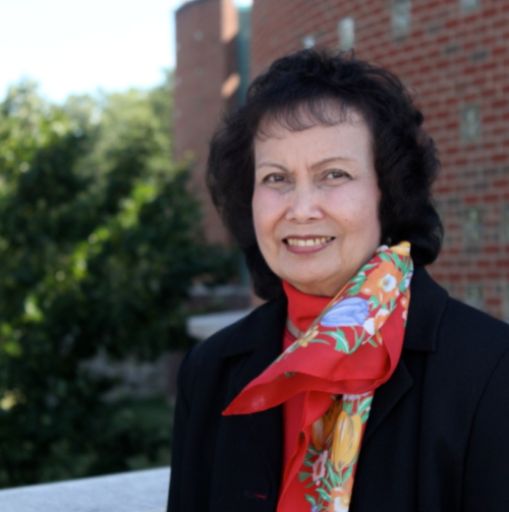
Born in the province of Isabela, Dr. Angelita Castro-Kelly was the first Filipino and first woman to become the Mission Operations Manager (MOM) of the National Aeronautics and Space Administration’s (NASA) Earth Observing System project in 1990.
As the MOM, Kelly developed and oversaw mission operations concepts and ensured the implementation of mission requirements by working with various spacecraft and ground system developers.
During her time, she received worldwide recognition and awards, including the 1993 Presidential Award “Pamana ng Bayan” for Science and Technology and the 2007 NASA Honor Award and Exceptional Achievement Medal, among others.
2. Diwata-1
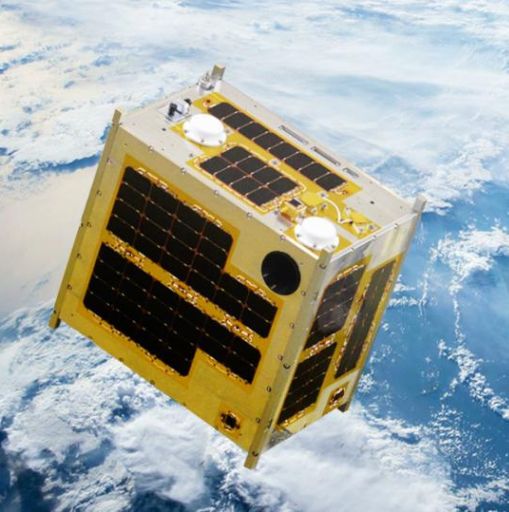
Diwata-1 is the Philippines’ first-ever microsatellite, built by Filipino engineers and scientists in collaboration with Japanese universities with support from the Department of Science and Technology (DOST).
It was built for scientific earth observation, particularly for disaster response and management and environmental and natural resource assessment.
Diwata-1 was deployed into orbit via the International Space Station on April 27, 2016, and returned to Earth on April 6, 2020.
3. Christopher Go
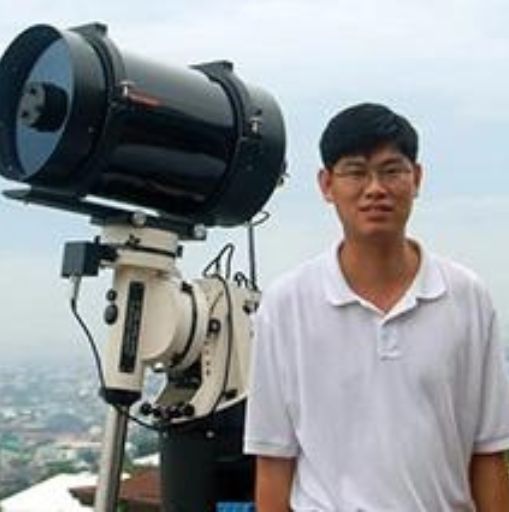
Christopher Go is a Filipino amateur astronomer and astrophotographer who discovered and photographed the second red spot of Jupiter, known as the Red Oval BA or Red Spot Jr., on February 27, 2006.
Considered a citizen scientist, Go provides high-resolution images of planets, which are used for long-term research on the weather patterns of Jupiter and Saturn.
Aside from the Red Oval BA, Go discovered the outbreak that led to the revival of the south equatorial belts on Jupiter and co-discovered the first impact site detected on the planet.
4. The Manila Observatory
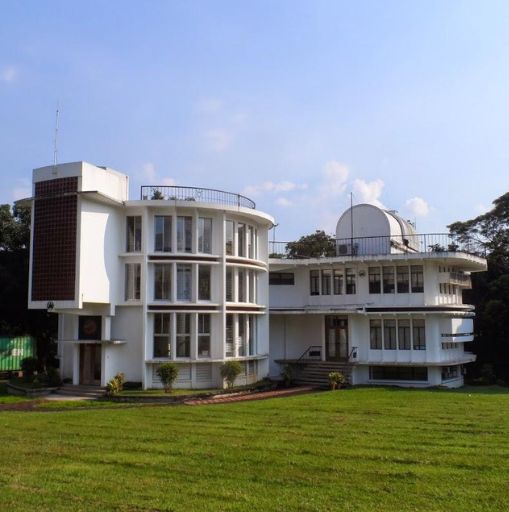
Formerly known as the Observatorio Meteorologico de Manila (OMM), the Manila Observatory is the first observatory and the oldest institution of scientific research in the Philippines, founded by Father Federico Faura in 1865.
It started as a small organization for meteorological research when Padre Faura wanted to predict the passing of typhoons in the Philippines to prevent wide-scale damage and soon expanded its field to time, seismology, and astronomy.
Today, the observatory focuses on environmental issues and is an active partner of the Philippine Atmospheric Geophysical and Astronomical Services Administration (PAGASA), the Philippine Institute of Volcanology and Seismology (PHIVOLCS), and other local and global agencies.
5. Josephine Santiago-Bond
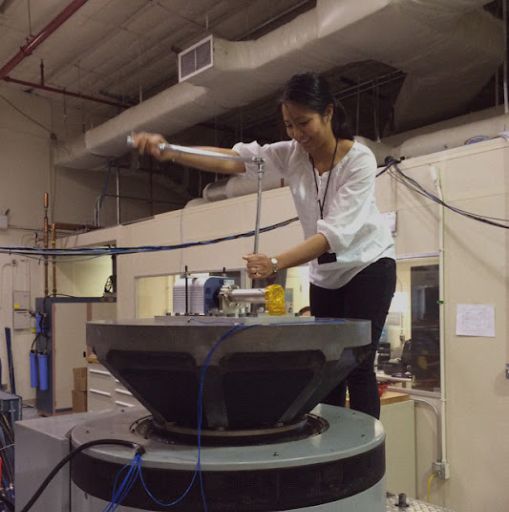
An electronics and communications engineering graduate of the University of the Philippines, Engineer Josephine Santiago-Bond is currently the co-founder and Chief of the Advanced Engineering Development Branch of NASA.
Bond directs and works with a team of more than 20 engineers and various other employees across a wide range of disciplines in the branch.
Aside from this outstanding achievement, Bond was also involved in the Systems Engineering Leadership Development Program, where she worked on lunar missions, and the Regolith and Environment Science and Oxygen and Lunar Volatiles Extraction (RESOLVE) project, which aimed to map various compounds and forms of water on Earth’s moon.
6. Star Amansinaya, Exoplanet Haik
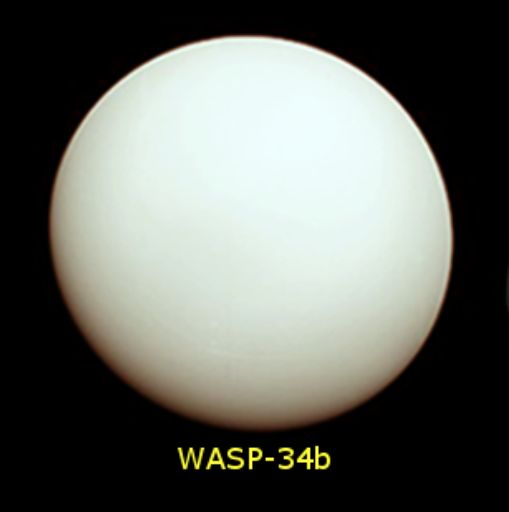
The host star Amansinaya (WASP-34) and exoplanet Haik (WASP-34b) in a planetary system were named after the two deities in ancient Tagalog mythology.
Amansinaya is the goddess of the ocean and the protector of fisher folk, while Haik is the god of the sea.
The winning names were submitted as part of the NameExoWorlds naming contest in 2019 by Filipino graphic designer Paul Go, who is also the co-founder of the Laguna-based astronomy group 7 Lakes Astronomy.
With these milestones and contributions, space science is truly a field that Filipinos are gradually taking part in. Who knows what Filipinos will come up with next time?
Photo Credit:
https://filipinawomensnetwork.org/, https://stamina4space.upd.edu.ph/, https://solarsystem.nasa.gov/, https://www.ateneo.edu/, https://issfanclub.eu/, https://wasp-planets.net/
https://filipinawomensnetwork.org/, https://stamina4space.upd.edu.ph/, https://solarsystem.nasa.gov/, https://www.ateneo.edu/, https://issfanclub.eu/, https://wasp-planets.net/
Source:
https://filipinawomensnetwork.org/, https://stamina4space.upd.edu.ph/, https://solarsystem.nasa.gov/, https://philippineastronomy.tripod.com/, https://career.uconn.edu/, https://www.onenews.ph/





















